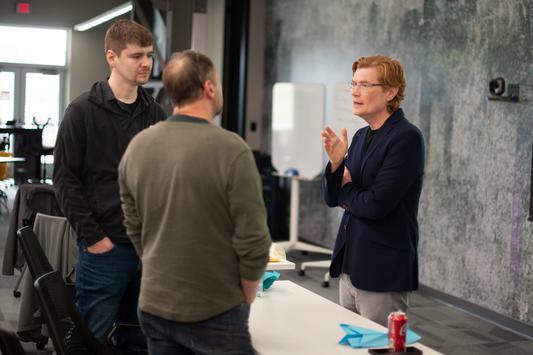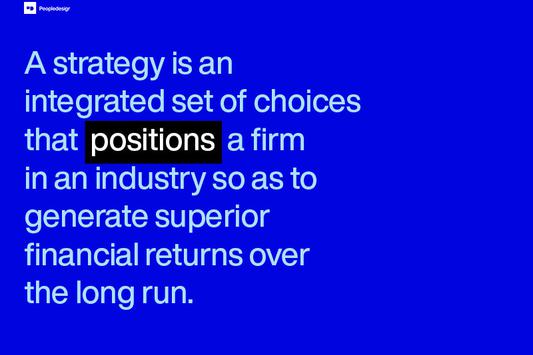
Peopledesign
The Built Environment
Furniture
Lighting
Textiles/Upholstery
Flooring/Carpet
Building Materials
AE Firms
Say What You Mean
Say What You Mean
Starting with SAY can allow companies to DO different things.
Speaking the truth and being direct and should always be your goal. Even in these trying communication times, saying what you mean and meaning what you say is a good start.
The same is true for organizations. Meaning what you say is about keeping promises – a hard problem. Saying what you mean can be even harder because it requires self-awareness. It means knowing your true intentions and having empathy for your audience. That's not just a hard problem; it's a wicked problem.

Companies create products and deliver services. It's what they "do." Delivering on a well-understood promise is hard work but doable with mature industrial processes (think Toyota Production System, Six Sigma, Total Quality Management, etc.). Over time, organizations optimize and become very good at what they do. Then, later, they feel a need to "say" something to drive sales. It's common to see the role of sales and marketing as finding things to say (messaging, anyone?). The standard approach is to DO something, then SAY something about it.
Increasingly, however, the SAY/DO paradigm is starting to flip. Many leading organizations today don't start with doing things; they start with saying things. The rise of purpose-driven companies, Simon Sinek followers, and platform companies (like Apple or Google) are carving a new path. Saying something in the marketplace is about standing for something. It's less about buying products than buying into a philosophy.
Starting with SAY suggests knowing what you mean. Saying what you mean is about establishing a clear focus. It's not about making promises you can't keep. Overpromising and underdelivering is a recipe for failure. It's about making decisions.
Creating a meaningful focus can create opportunities. When Apple dropped "Computer" from its name, it wasn't out of convenience – they wanted to represent something bigger. At this point, what can't Amazon (a big river) or Google (a big number) do? These names are metaphors. If an organization's purpose is rooted in customer meaning, instead of its products or services, it can find new ways to add value. Everything flows through Amazon. Google has all the numbers. Starting with SAY can allow companies to DO different things.
Saying what you mean requires internal clarity and customer relevance. It often starts with a new focus and saying or meaning something to your audience. Then, teams can do new things, aligning their activities to a new vision.
Starting with SAY can allow companies to DO different things.


